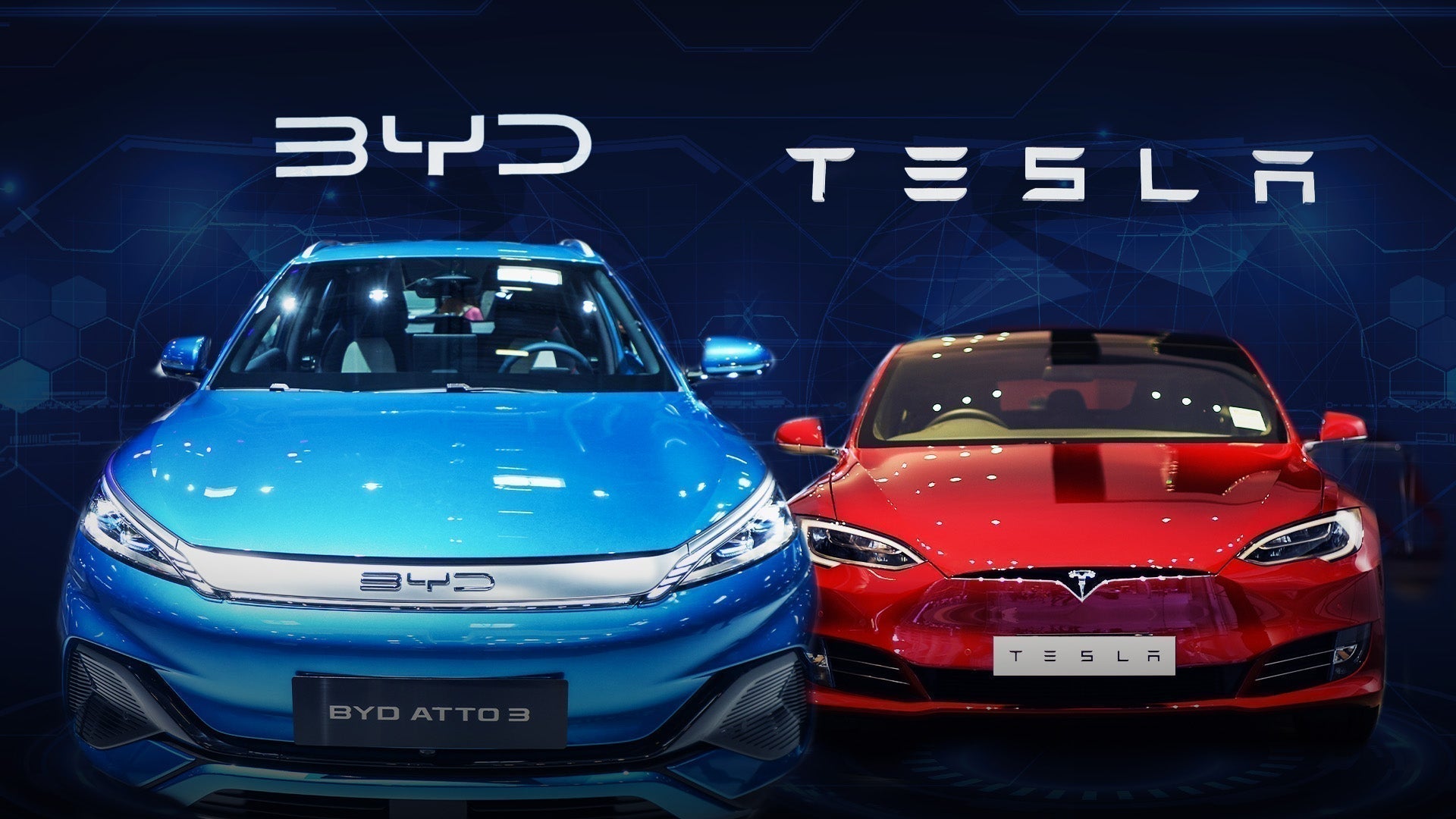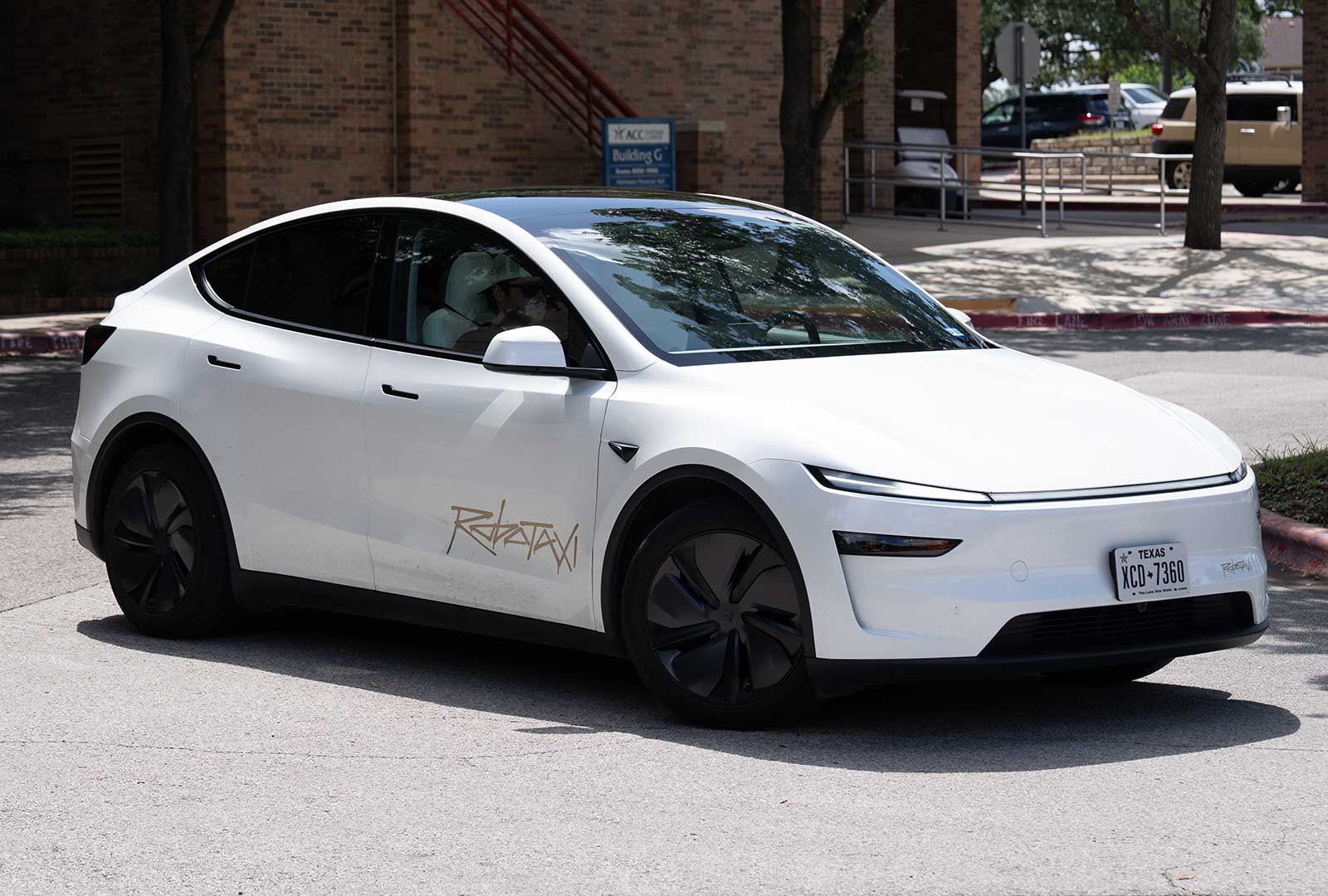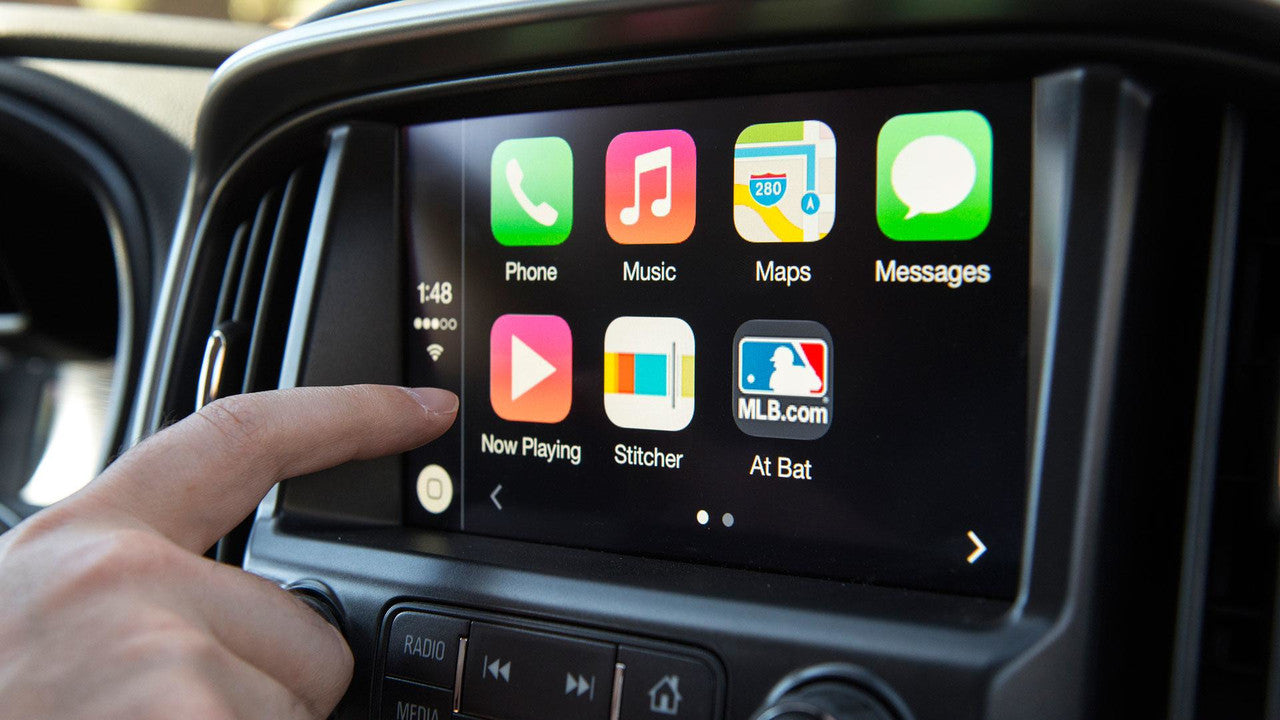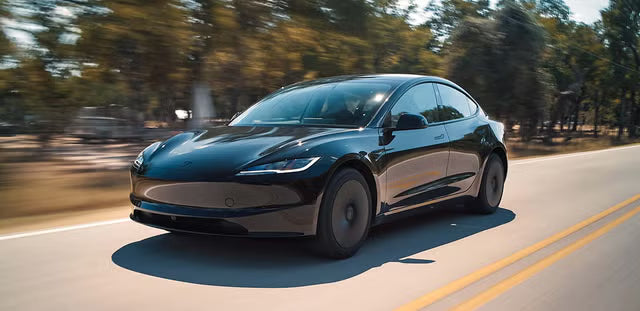As the electric vehicle (EV) market undergoes rapid global expansion, two manufacturers have emerged as the undisputed leaders of the industry: Tesla, the American pioneer, and BYD, the Chinese powerhouse. Once perceived as an underdog, BYD has rapidly ascended the ranks to challenge Tesla’s dominance in multiple markets. With both companies vying for global leadership, the question arises: who is truly winning the EV war?
This article presents a detailed comparison of Tesla and BYD across five critical dimensions: sales performance, market presence, technological innovation, product portfolio, and strategic direction.
1. Global Sales: BYD Overtakes Tesla in Units, Tesla Leads in Revenue
In 2023, BYD surpassed Tesla in total EV units sold, delivering over 3 million electric vehicles, including both battery electric vehicles (BEVs) and plug-in hybrids (PHEVs). Tesla, which exclusively manufactures BEVs, delivered approximately 1.81 million vehicles.
| Brand | 2023 BEV Sales | Total EV Sales (incl. PHEVs) | Revenue (Estimate) |
|---|---|---|---|
| Tesla | 1.81 million | 1.81 million | $96 billion |
| BYD | 1.57 million | 3.02 million | $72 billion |

2. Market Presence: Tesla Strong in U.S. and Europe, BYD Expanding Aggressively Abroad
Tesla’s market share remains dominant in North America, with over 50% of the U.S. EV market as of mid-2024. In Europe, Tesla has a strong presence but is losing ground to both legacy automakers and newer EV entrants.
BYD, originally focused on the Chinese market, is rapidly expanding into Latin America, Southeast Asia, the Middle East, and Europe. In the first half of 2024, BYD became Norway’s second-largest EV brand, and its vehicles are now available in over 70 countries.
Distribution Comparison (Mid-2024)
| Region | Tesla Strength | BYD Expansion |
|---|---|---|
| North America | ✅ Dominant | ⚠️ Limited |
| Europe | ⚠️ Challenged | ✅ Expanding |
| China | ⚠️ Under threat | ✅ Leading |
| Latin America | ⚠️ Minimal | ✅ Fast Growth |
| Middle East | ⚠️ Absent | ✅ New Market |

3. Technology and Innovation: Autonomy vs. Efficiency
Tesla has invested billions into its Full Self-Driving (FSD) software, Dojo AI training supercomputer, and 4680 battery cells. Its cars offer over-the-air updates, an advanced infotainment system, and autonomous driving capabilities still in beta development.
BYD, while not as aggressive in autonomy, excels in battery innovation. Its Blade Battery technology emphasizes safety, long cycle life, and affordability. BYD is also vertically integrated—producing its own chips, batteries, and drive systems—reducing reliance on suppliers.
| Category | Tesla | BYD |
|---|---|---|
| Autonomy | Advanced (FSD Beta) | Basic L2 systems |
| Battery Tech | 4680 cell | Blade LFP cells |
| Chip Design | Tesla D1 (Dojo) | BYD in-house controllers |
| Over-the-Air Updates | Extensive | Limited |
| Software Ecosystem | Mature | Developing |

4. Product Portfolio: Luxury vs. Mass Market
Tesla maintains a relatively narrow product line: Model S, 3, X, Y, and the Cybertruck. All are positioned as premium or performance vehicles, with prices ranging from $39,000 to over $100,000.
BYD offers over 20 EV models across segments, from affordable city cars like the BYD Dolphin to executive sedans like the Han EV and luxury SUVs like the Tang. The company’s success lies in serving a broad consumer base, especially in developing markets.
Tesla’s advantage lies in brand prestige and performance. BYD’s edge is variety, affordability, and localization.
5. Strategic Vision: Scaling vs. Ecosystem Control
Elon Musk has steered Tesla toward a long-term vision of a fully autonomous, software-driven car company. Tesla’s goals include:
-
Creating a vertically integrated energy + mobility ecosystem
-
Leading in AI through investments in Dojo and xAI
BYD, meanwhile, is focused on:
-
Maintaining its leadership in battery supply
-
Dominating fleet, public transport, and affordable private vehicles
-
Expanding its overseas manufacturing capacity (e.g., new EV plants in Brazil and Hungary)
Tesla may have the more ambitious roadmap, but BYD has executed faster and more consistently across global markets.
Tesla vs. BYD in 2025: Key Performance Indicators
| KPI | Tesla | BYD |
|---|---|---|
| BEV Units Sold (2023) | 1.81 million | 1.57 million |
| Total EV Units | 1.81 million | 3.02 million |
| Avg. Selling Price (ASP) | ~$53,000 | ~$24,000 |
| Gross Margin | ~19% | ~15% |
| Net Profit (est. 2023) | ~$12 billion | ~$6.8 billion |
| Global Market Expansion | Slower | Faster |
| Innovation Investment | Higher (AI, FSD, Dojo) | Focused (Battery, Cost) |
Who’s Winning?
Short-Term Victory: BYD
-
BYD currently leads in volume, geographic reach, and affordability.
-
It has overtaken Tesla in total EV sales and is rapidly scaling outside China.
-
Its diversified portfolio gives it flexibility in changing markets.
Long-Term Contender: Tesla
-
Tesla retains a technological edge, brand loyalty, and higher margins.
-
Its focus on autonomy and AI could pay off massively in the coming decade.
-
If successful, its robotaxi and FSD platform could redefine the EV market entirely.

Recommended Reading: Xpeng Expands Its EV Ambitions in Europe With Affordable Models and Bold Tech








Share:
The Rise of Multiventure CEOs: Efficiency or Conflict of Interest?
Powering the EV Transition: Deep Dive into U.S. Grid Capacity and EV Load Management ⚡️